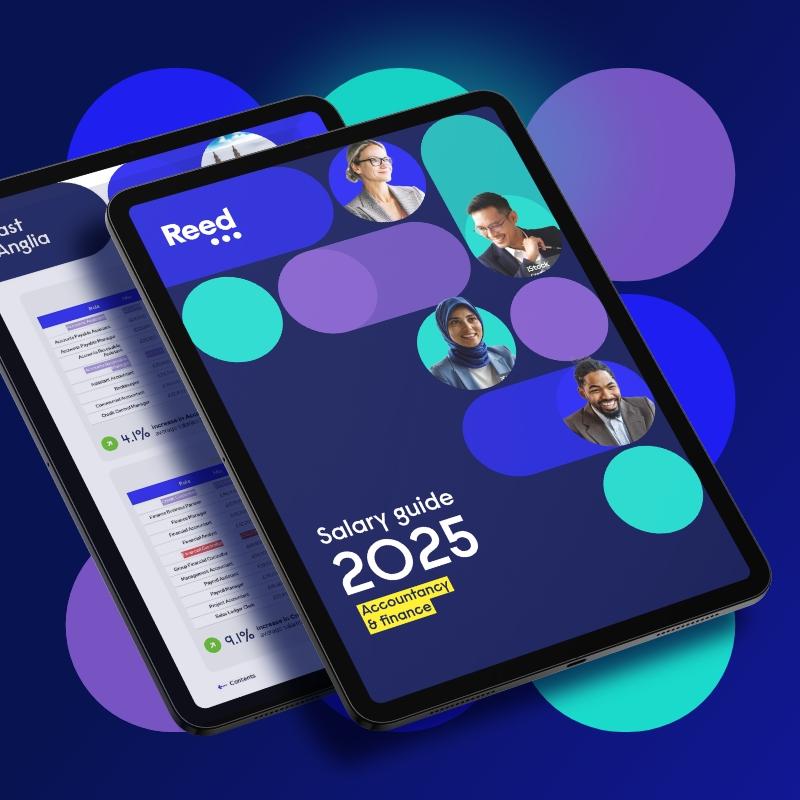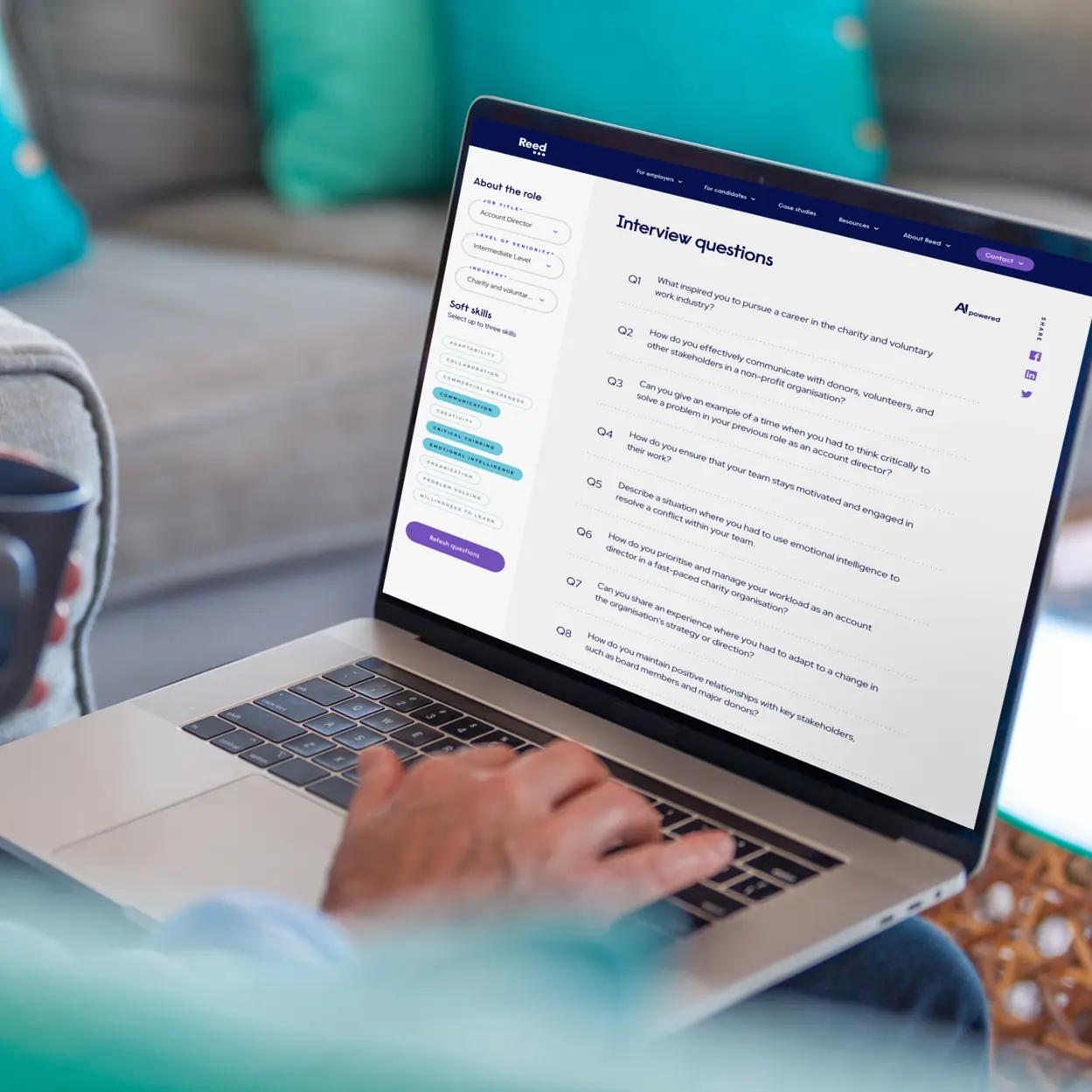When people are financially invested, they want a return. When people are emotionally invested, they want to contribute.
Author, Start with Why
Employee benefits is a varied and wide-reaching topic that can boost productivity, engagement and the business bottom line.
But such a broad topic needs careful consideration. Take a look at our four employee benefit ideas that you can use to improve your offering.
1. Prioritise wellness and work-life balance
526,000 UK workers suffered from work-related stress, depression or anxiety in 2016/17
As a result, 12.5 million working days were lost
1 in 5 workers aged 25-34 are dissatisfied with their work-life balance
50% of workers say their organisation’s focus on wellbeing has increased year on year
How can you improve the workplace wellness of your employees?
Talk one-to-one to colleagues about their work-life balance. Is there an ‘always on’ culture in your workplace? Line managers will often be the first point of call for employees who may be struggling with anxiety, workload or stress. But that doesn’t mean they are equipped to deal with the conversations that follow.
Look into training for line managers and others in senior roles on how to support those struggling with mental health problems. A study of NHS Trusts found those that made the most extensive use of good people-management practices were over three times more likely to have the lowest levels of sickness absence.
2. Enhance office environment
77% of UK employees work in a traditional office environment
30% of workers believe the office environment negatively impacts on physical health
48% believe the office environment positively impacts on their mental health
How to create a positive work environment
A dedicated breakout space in the office encourages the idea of taking a break at work – and shows that the company takes rest and social activities seriously.
Increase natural light around the office. Bad lighting can increase eye strain and cause headaches. A lack of light can even contribute to Seasonal Affective Disorder (SAD) – resulting in symptoms such as increased anxiety and problems with sleep. If you can’t increase natural light, there are lamps and light boxes you can buy cheaply that replicate the effect of sunlight.
Desk plants are also a cheap and attractive of improving the office environment. Plus, some studies show that they reduce physiological and psychological stress.
3. Communicate benefits effectively
2 in 5 HR professionals say they have real difficulty communicating benefits effectively
78% of employers think their company can improve how they communicate their wellness initiatives
80% of companies ranked employee engagement as the top objective for their employee benefits programme
Failing to properly inform and educate employees what benefits are on offer costs UK companies £2.7 billion every year through increased staff turnover and sickness absence
Strategies to communicate employee benefits in the workplace
Figure out who in your organisation is best placed to explain benefits options, suggest new benefits and provide information on current benefits. Most likely, it is HR that is in the ideal position to do it. Ask colleagues how they prefer to be contacted about their employee benefits scheme. Face to face? Email? Printed info? Your communications strategy will need to be flexible enough to satisfy all members of the workforce.
Consider visual strategies to improve awareness – signage around the office or short, explanatory videos.
Measure engagement in all communication to ensure the message is getting through. This might be through analytics of email open rates or from anecdotal evidence in one-to-one meetings.
Creating an atmosphere where employee benefits are a normal, accepted part of the job improves morale and increases worker loyalty.
4. Be flexible
For the first time in history, we’re seeing five generations of employees in UK workforces
Millennials make up 50% of the UK workforce
63% of millennials cite financial rewards and employee benefits as the most important factor when considering working for a company
81% of employees say if companies improved their benefits package it would make them happier
What to include in your employee benefits package
Away from media attention over the quirky ‘millennial-focused’ lifestyle perks of megabrands such as Google and Apple, there is a basic need to provide effective employee benefits for a broad generational span.
For softer benefits, employee engagement platforms such as Perkbox or Reward Gateway offer a wide range of options – e.g. restaurant vouchers, reduced gym membership and discount travel insurance. Alternatively, Employee Assistance Programmes (EAPs) offer more personal support for colleagues during vulnerable times – such as counselling services or financial and legal advice phone lines.
Financial benefits such as sick pay insurance or income protection can be funded by a monthly premium – paid for by either the employer or the employee. This is an effective way for SMEs to provide financial support
Some employers are exploring employee benefits schemes where employees are given ‘credits’ to spend on the benefits that they want the most. This emphasises that employees are increasingly demanding a wide selection of benefits – and the ability to choose exactly which ones they get.




